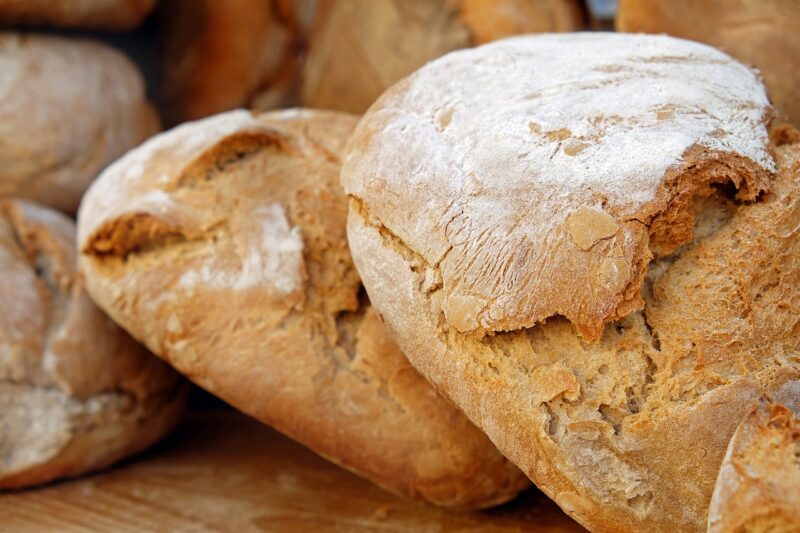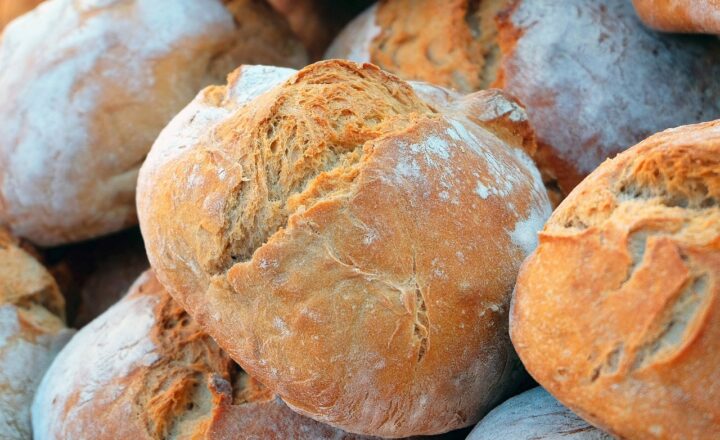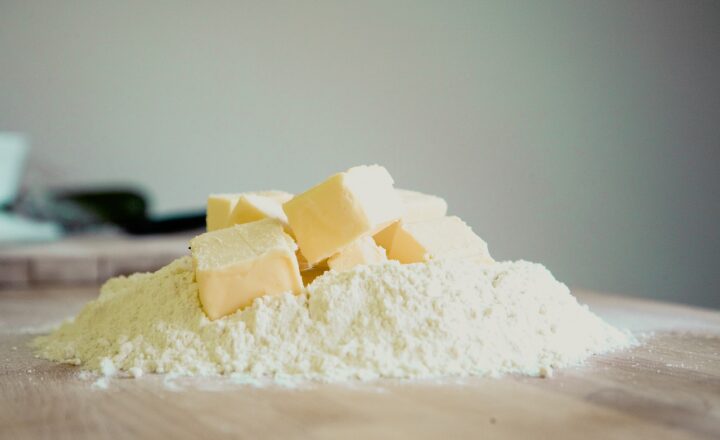
Baking bread at home can be one of the most rewarding and delicious experiences you can undertake. There’s something incredibly satisfying about kneading the dough, watching it rise, and eventually pulling a perfectly baked loaf from your oven. Not only is homemade bread fresher and healthier than store-bought options, but it’s also an excellent skill to acquire. This comprehensive guide is designed to walk beginners through the essentials of bread baking, ensuring that you can create your own perfect loaf in no time.
1. Understanding Bread Basics
Before diving into the actual baking process, let’s cover some fundamental concepts about bread. Bread is primarily made from flour, water, yeast, and salt. The way these ingredients interact creates the texture and flavor of the loaf.
- Flour: The foundation of bread, with all-purpose and bread flour being the most common options.
- Water: Hydration helps to activate the gluten, making the dough elastic.
- Yeast: A microorganism that ferments sugars in the dough, producing carbon dioxide which causes the bread to rise.
- Salt: Enhances flavor and regulates yeast activity.
Understanding these components will prepare you to experiment with flavors, textures, and types of bread in the future.
2. Essential Tools for Baking Bread
Having the right tools can make your bread-baking journey much smoother. Here’s what you need:
- Mixing Bowl: A large bowl for mixing ingredients, preferably stainless steel or glass.
- Measuring Cups: Precise measurements are key, particularly for flour and liquids.
- Kitchen Scale: For accuracy, weighing your ingredients, especially flour, is recommended.
- Wooden Spoon: Useful for mixing dough before kneading.
- Bench Scraper: Handy for handling dough and cleaning surfaces.
- Oven: The primary appliance for baking; a thermometer may be useful to ensure temperature accuracy.
- Loaf Pan: Essential for shaping some types of bread; for round loafs, a Dutch oven works well.
- Cooling Rack: Allows bread to breathe and cool down evenly after baking.
With these tools at your disposal, you’re ready to start baking!
3. Ingredients: What You’ll Need
Here’s a simple recipe for a classic loaf of bread:
- 3 ½ to 4 cups of all-purpose flour
- 1 packet (2 ¼ teaspoons) of active dry yeast
- 1 ½ teaspoons of salt
- 1 ½ cups of warm water (about 110°F)
- 1 tablespoon of sugar (optional, helps activate yeast)
4. Step-by-Step Process of Baking Bread
Now that you have your ingredients and tools, let’s go through the bread-making process:
- Step 1: Activate the Yeast
In a small bowl, combine the warm water, sugar (if using), and the yeast. Let it rest for about 10 minutes until it’s foamy. - Step 2: Combine Ingredients
In a large mixing bowl, combine 3 ½ cups of flour and salt. Make a well in the center and pour in the yeast mixture. Mix with a wooden spoon until you can’t stir anymore. - Step 3: Knead the Dough
Turn the dough out onto a lightly floured surface. Knead for about 10 minutes, adding flour as necessary until the dough is smooth and elastic. - Step 4: First Rise
Place the kneaded dough in a greased bowl, cover it with a kitchen towel or plastic wrap, and let it rise in a warm place until it doubles in size, about 1 to 2 hours. - Step 5: Shape the Dough
Once the dough has risen, punch it down to release the air, then shape it into a loaf or round shape as desired. Place it into a greased loaf pan or a Dutch oven. - Step 6: Second Rise
Cover the shaped dough with a towel and let it rise for another 30 to 45 minutes until it puffs up again. - Step 7: Preheat Your Oven
At least 20 minutes before baking, preheat your oven to 375°F (190°C). - Step 8: Bake the Bread
Once the second rise is complete, bake in the preheated oven for 30-35 minutes, or until golden brown and sounds hollow when tapped on the bottom. - Step 9: Cool the Bread
Allow the bread to cool on a rack for at least 15 minutes before slicing.
5. Tips for Successful Bread Baking
Baking bread is both an art and a science. Here are some additional tips to ensure you succeed:
- Don’t rush: Allow dough to rise properly for the best flavor and texture.
- Temperature matters: Baking and rising times can vary, so keep a close eye on your dough.
- Experiment: Once you’re comfortable with the basic recipe, try adding herbs, cheese, or spices for added flavor.
- Store bread properly: Keep bread in a bread box or wrap in a cloth. For longer storage, freeze it.
Conclusion
Baking bread at home is not only a valuable skill but also a fulfilling and delicious experience. Now that you know the basics, gather your ingredients, and start your bread-baking journey today! The aroma of freshly baked bread will reward you the moment you walk into your kitchen, and soon, you’ll be sharing your homemade loaves with family and friends. Happy baking!







